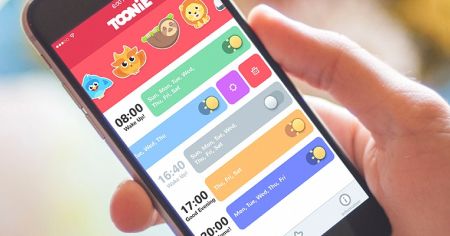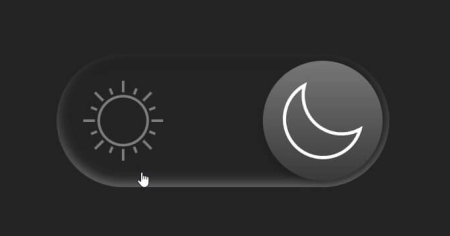Programming for Older Devices
In this article, I’ll share my passion for programming specifically for older devices.
Older devices are those that can’t be updated to the latest operating system, or lack modern hardware components like GPS, Wi-Fi, etc. These devices have low configurations, limited memory, and unsupported SDKs.
Why target older devices?
There are three main reasons. Firstly, developers no longer create apps that support older devices or operating systems. It’s very likely that these devices will be thrown away, which is a waste.
Secondly, it’s easier to get noticed by users. With app stores, depending on the store, when users enter, they’ll only see apps that “can be installed on their device.” So your app will be more visible. Their reviews are also more positive.
Thirdly, users of older devices are more likely to buy apps. Sounds strange, right? If they don’t have money to buy a new device, how can they afford to buy an app? Because they want their old devices to still have new features, or simply because “There’s no other choice,” only this app runs on their device.
Why are there still so many old devices? And what if people eventually throw away all their old devices?
Old devices always exist. Even if people throw away old devices, there will always be new devices added to the “old” list every year. For example, when the iPhone 15 comes out, the iPhone X is considered old.
Not everyone upgrades their devices. The reasons could be cost, like TVs, for example, they may not (or don’t know how to) update the operating system, and no one buys a TV every year.
There are devices they can’t upgrade, or it takes too much time to upgrade. For example, Android screens in cars, they probably won’t take their car to a garage to replace the new screen in a few years.
There are many reasons why they don’t upgrade. I used to make apps for old Tizen-powered watches, and many people don’t want to change their watches because they find them beautiful and fit well, or because the watch was a gift from their loved one.
Are there any difficulties?
Every passion has its challenges, but we’ll talk about that later. Let’s talk about the advantages. The advantage is that finding ideas for apps is quite simple. If you can’t think of any ideas, just clone an existing app on the store that doesn’t support older devices and you’ll have an app.
The difficulties also arise from that. To bring a new feature to an older device (that others can’t do), you’ll have a bit of trouble finding a way. Sometimes you have to use old programming tools, old SDKs, and sometimes you have to tip-trick a bit. For example, I made a map app for a watch that doesn’t have GPS, no internet, so I have to connect to the phone to get the location, the map SDK is too heavy for that watch so I embed a web view instead.
You’ll also have to use strange stores instead of the PlayStore or AppStore, and sometimes you have to code on a strange IDE or a strange programming language… but never mind.
Conclusion
You don’t have to be top-notch on the store, you just need to make an app that runs well on some devices that aren’t good enough.



